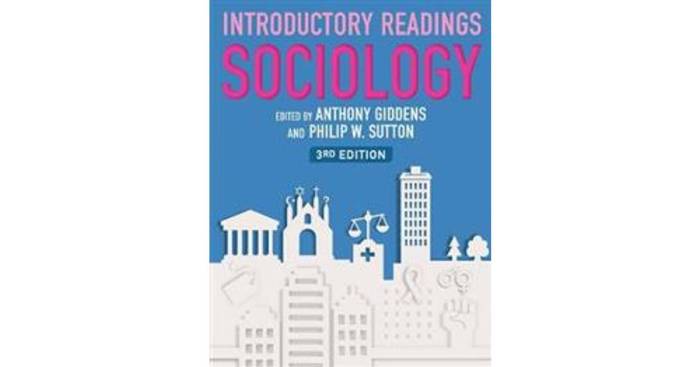Everyone’s an author with readings 3rd edition – Embarking on a journey into “Everyone’s an Author with Readings, 3rd Edition,” readers will discover a transformative perspective on literacy and authorship in the contemporary digital landscape. This seminal work challenges traditional notions of authorship and explores the profound implications of digital technology on communication, education, and society at large.
Through its insightful analysis and practical applications, “Everyone’s an Author with Readings” empowers individuals to embrace their voices and engage in meaningful communication, fostering a more inclusive and equitable literary landscape.
1. Introduction

The book “Everyone’s an Author with Readings, 3rd Edition” introduces the concept of “everyone’s an author” in the context of the digital age. This concept emphasizes that literacy in the 21st century extends beyond traditional notions of reading and writing to encompass a wide range of activities involving the creation and dissemination of digital content.
This shift has profound implications for individuals and society as a whole. It challenges traditional hierarchies of authorship and empowers individuals to participate actively in the creation and sharing of knowledge and ideas.
2. Key Concepts: Everyone’s An Author With Readings 3rd Edition

Literacy
The book defines literacy as a set of skills and practices that enable individuals to communicate effectively in a variety of contexts. This includes the ability to read, write, speak, listen, and use digital technologies.
Authorship
Authorship is redefined as a process of creating and sharing meaning through a variety of media, including digital texts, images, and videos. The book argues that authorship is not limited to professional writers but is accessible to everyone who has something to say.
Reading
Reading is reconceptualized as an active and interactive process of making meaning from texts. The book emphasizes the importance of critical reading skills, such as the ability to analyze, interpret, and evaluate information.
Writing
Writing is presented as a tool for communication, expression, and persuasion. The book provides practical guidance on writing in a variety of genres and formats, including digital texts, blogs, and social media posts.
3. Historical Context
The book was written in the context of significant technological and social changes that have transformed the way we communicate and share information.
The Rise of Digital Technology, Everyone’s an author with readings 3rd edition
The proliferation of digital technologies has made it easier for individuals to create and share content with a global audience. This has led to the emergence of new forms of authorship and a democratization of the publishing process.
Changes in Education
The book reflects the changing landscape of education, where students are increasingly expected to be active participants in the learning process. This requires them to develop strong literacy skills, including the ability to read, write, and communicate effectively in a digital environment.
The Increasing Importance of Communication
In the 21st century, communication has become more important than ever before. The ability to communicate effectively is essential for success in both personal and professional life.
4. Theoretical Framework

Constructivism
The book draws on constructivist theory, which emphasizes the role of individuals in constructing their own knowledge and understanding. This theory suggests that learning is an active process of making meaning from experiences.
Social Constructivism
The book also incorporates social constructivist perspectives, which recognize the influence of social and cultural factors on the development of literacy and authorship. This theory emphasizes the importance of collaboration and dialogue in the learning process.
Critical Literacy
The book incorporates critical literacy theory, which focuses on the power relations and ideologies embedded in texts. This theory encourages readers to critically examine texts and to challenge dominant narratives.
Answers to Common Questions
What is the central concept of “Everyone’s an Author with Readings”?
The book argues that in the digital age, everyone has the potential and the means to be an author, challenging traditional notions of authorship and empowering individuals to share their voices.
How does the book address the implications of digital technology on literacy?
The book explores the ways in which digital technology has transformed communication, education, and the production and dissemination of written content, emphasizing the need for critical thinking and digital literacy skills.
What are the practical applications of the book’s concepts?
The book provides practical guidance for educators, students, and practitioners in teaching and learning, writing and communication, and critical thinking, fostering empowered and engaged authors in the digital age.